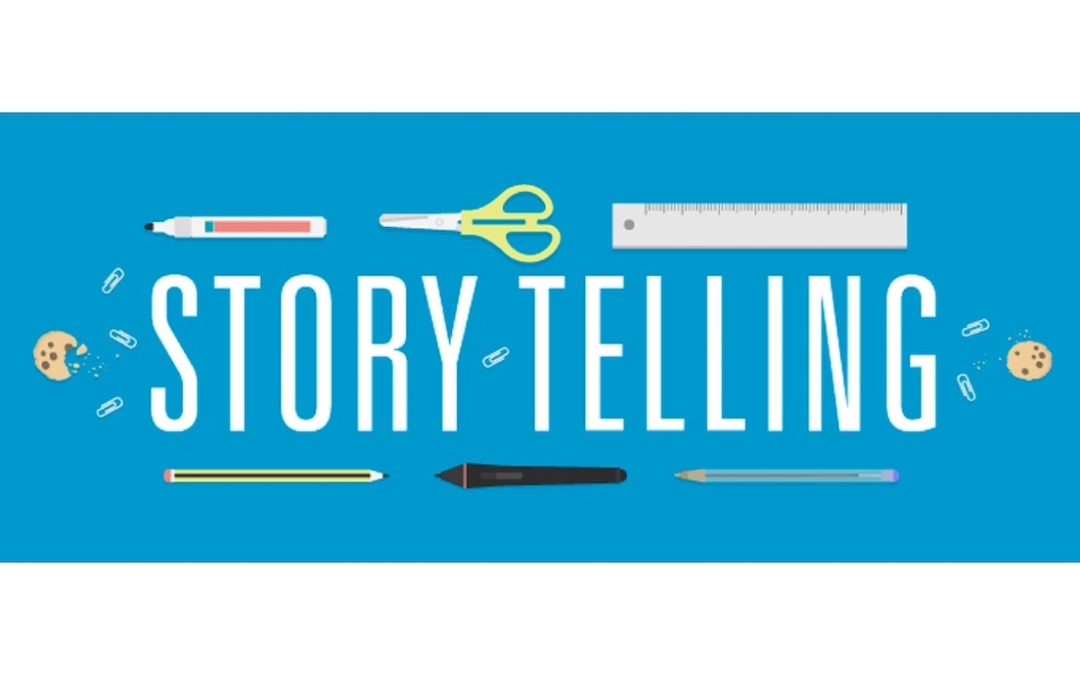A good brand storytelling video subtly explains your company’s ethos. It highlights what makes your company great without being too forceful. It emphasizes your strengths and appeals to your customers in a targeted way.
A bad brand storytelling video does none of those things. Today, we’re highlighting some of the worst examples of brand storytelling the world has ever seen.
Keep in mind that many of the videos featured below were backed by millions of dollars of research. Some of the world’s largest brands created these marketing campaigns with the expectation that it would appeal to customers. They invested enormous resources into each video – only to have them end up on a list like this.
With that in mind, here are the top three worst examples of brands telling a story.
Chevrolet Tries Desperately to Appeal to Millennials
When an older person thinks of a millennial, they might think of that eccentric barista that works at the hipster coffee shop down the street. Or, maybe they think of Miley Cyrus, Ariana Grande, and other prominent millennial celebrities.
We assume that’s what Chevy was thinking when they created their awkward hipster marketing campaign for the Cruze back in 2016. You can view the video here. It gets cringey about three seconds in.
This video used a bold strategy. Chevrolet was trying to dispel millennial stereotypes by addressing every millennial stereotype. At the same time, Chevrolet had gathered a focus group that looked like every inaccurate millennial stereotype.
The end result is a weird video that makes its point 30 seconds in and then drags on another 2 minutes for an unknown reason. It’s unclear who the video is marketing towards. The video linked above, which was posted to YouTube by a Chevy dealership, currently has 29 likes and 564 dislikes. It’s not a good look for Chevrolet (which must be why the company removed it from their official YouTube account).
The Pepsi Kendall Jenner Ad
You know a storytelling video is bad when it attracts millions of views and the company still removes it from its official YouTube account. Such is the case with the controversial Kendall Jenner advertisement for Pepsi.
You can no longer see this commercial on the official Pepsi account, but a quick Google search reveals plenty of other sources. This source, for example, has attracted 7.5 million views, 18k likes, and 60k dislikes.
The Kendall Jenner ad for Pepsi was ridiculously bad. Some saw the video as having a white savior problem. Others saw it as trivializing a serious issue. Some believed Pepsi was exploiting racial tensions and the “Black Lives Matter” movement to sell soda.
Within 24 hours of releasing the advertisement, Pepsi had experienced backlash unlike anything it had seen before.
The 2.5 minute video features Kendall Jenner being photographed in a glamorous outfit above the crowds below. As she looks outside, she sees a multi-racial protest. She decides to join in, removing her wig, wiping off her lipstick, and heading into the crowd as a normal protester.
The video ends with Kendall Jenner solving all of America’s problems with a simple gesture: she gives the police officer a can of Pepsi. The crowd goes wild. The police officer cheers. Kendall has saved the world with the help of Pepsi.
This is another example of brands failing to research their intended audience. Who is this advertisement for? It seems nobody liked it.
Pepsi’s brand image suffered because of this video. Pepsi was accused of trying to take advantage of a toxic social climate to boost their own corporate image. They came out looking worse. It’s one of the worst examples of brand storytelling in recent memory.
The Infamous Ringo Starr Oldsmobile Commercial
Oldsmobile’s Ringo Starr commercial is infamous within the video storytelling world. It’s taught in video marketing classes worldwide as what not to do.
Here’s the situation: it’s the 1980s. Oldsmobile was facing stiff competition. Younger drivers were buying different brands. Oldsmobile was falling behind its newer competitors.
Oldsmobile came up with a unique idea: they created a video marketing campaign where they attempted to appeal to two generations at once. The company wanted to emphasize that Oldsmobile wasn’t just a car for your parents – it was a car for you too.
The video marketing campaign featured aging celebrities like Ringo Starr and Peter Graves accompanied by their children. Albert Einstein’s great grandson, Edward, was even in the video. You can view the full video here.
That all sounds good so far. Unfortunately, Oldsmobile’s marketing campaign stumbled with its intended audiences.
The video was accompanied with taglines like “This Is the New Generation of Oldsmobile” and “Not Just Your Father’s Car”. Subtle sexism aside, the video also hurt Oldsmobile’s brand image.
Instead of resonating with its audience, Oldsmobile’s commercial alienated its original base of customers while turning off a newer base of customers. The commercial painted Oldsmobile’s original customers as old, unhip dinosaurs. Some saw it as downright insulting. At the same time, the commercial failed to resonate with newer buyers.
Conclusion: Brand Storytelling is Not Always About You
Too many of the above brands tried to make the video about them. That’s a problem: brand storytelling isn’t always about your brand. In many cases, the best way to tell your brand’s story is to explain what you help your customers accomplish while highlighting the values of your company.
Good brand storytelling videos manage to do this in a subtle way. Bad brand storytelling videos – like the ones seen above – fail to recognize one crucial lesson: it’s not always about you.

